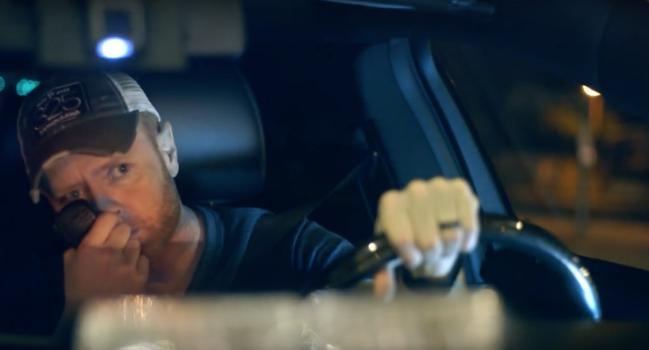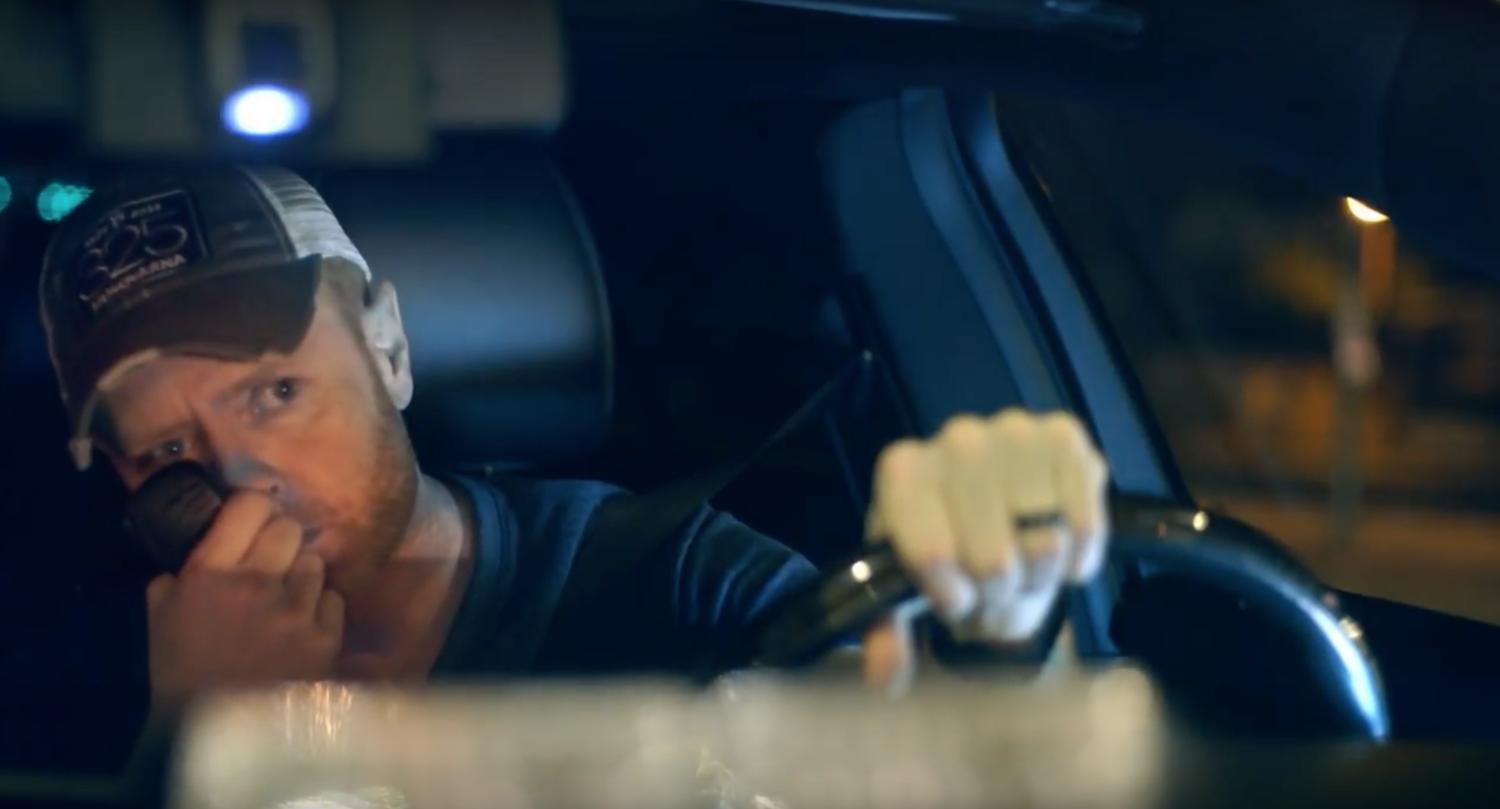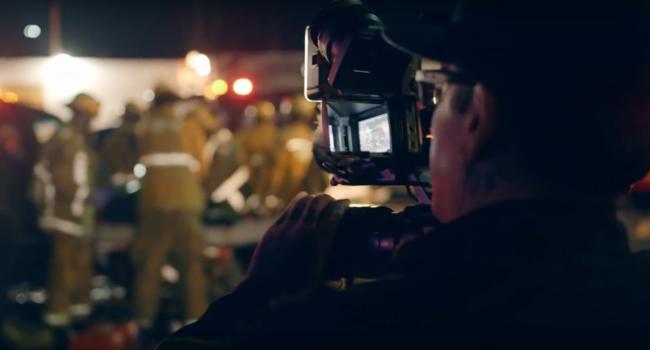Netflix’s new eight-part documentary “Shot in the Dark” casts focus on three rival Los Angeles-based video journalists as they chase down the “story of the night,” all with the aim to sell their footage to the news outlets for the morning news. But as the city consumes itself through the night, does the slick production fail to address the morality of the journalists altogether in the hunt for a “Grand Theft Auto”-style brand of entertainment?
In the first episode, we are introduced to the three Los Angeles stringers, journalists who aim to get to newsworthy incidents as quickly as possible by reacting to police and emergency frequencies. The stringer who gets the best footage in to the TV channels first will be the one to cash in with the most “hits” on the local, and sometimes national, news. We quickly learn that there are serious dollars to be made on car crashes with multiple deaths, large fires, and gun fights. The producers of the show use this competition between the three stringers as the leading narrative across the series.
We have Howard Raishbrook and his two brothers who run RMG News, more down to earth than their rivals, but struggle to compete due to their lack of resources, and a long run of bad luck. The main reason for their struggles is the 25 person strong network of stringers Zak Holman has created at On Scene TV. The cocksure younger man of the three main protagonists uses his shady charm to establish relationships with cops in the hope of being offered favorable angles at crime scenes. Lastly, there is the lone ranger, Scott Lane of LOUDLABS News. Lane is the bristliest and most morally corrupt of the three, regularly arguing with police, walking all over crime scenes, and ignoring speed limits.

The production goes to great lengths to make us feel like we’re watching characters in a video game. Stringers are given team colors using car interior LED lights, they use slick GPS graphic transitions as the race to incidents hots up, and each scene is ended with a tally of “hits” or sales to newscasters for each stringer. I was continuously stunned at how trivial some incidents were made out to be. On particularly sensitive incidents, there would be a beat where the stringer would acknowledge the morally gray area of profiting off of such life damaging events for the victims, but before you know it they were hurtling down the 405 on the hunt for the next inferno.
[SPOILER: The one occasion where the larger implications of the industry come into focus is in the first episode, which is certainly most interesting. Raishbrook’s brother Austin arrives on location of a broken down car on the freeway. It’s only a matter of time before it’s hit by speeding traffic, and Austin has thrown down his camera to pull out the driver from the burning wreckage. The hero of the hour, while visibly still shaken up, is joined by rival Holman who offers his congratulations through gritted teeth for capturing the collision on tape. In the following episodes we see Austin go through a version of post traumatic stress and ends up leaving his brother’s firm. It’s a fascinating storyline that isn’t explored enough in my opinion.]


Cinematically, the show looks excellent and is all tied together with gorgeous graphic content. All of the footage is shot at night under challenging lighting conditions, and the film crew can be applauded for being on point with their camera work. Yet, to belittle such tragic events reminded me of the sadistic nature of mauling down pedestrians on “Grand Theft Auto,” and how these appeases the simple-minded masses. But these are real lives who don’t get to hit the power off button at the end of the night.
The story here shouldn’t be the comic book-style competitiveness of the stringers, but the thin line they tread personally and professionally to support their families in the hope that others are destroyed in dramatic and newsworthy hit-and-runs, bus fires, and homicides… especially the ones that look great on camera.

